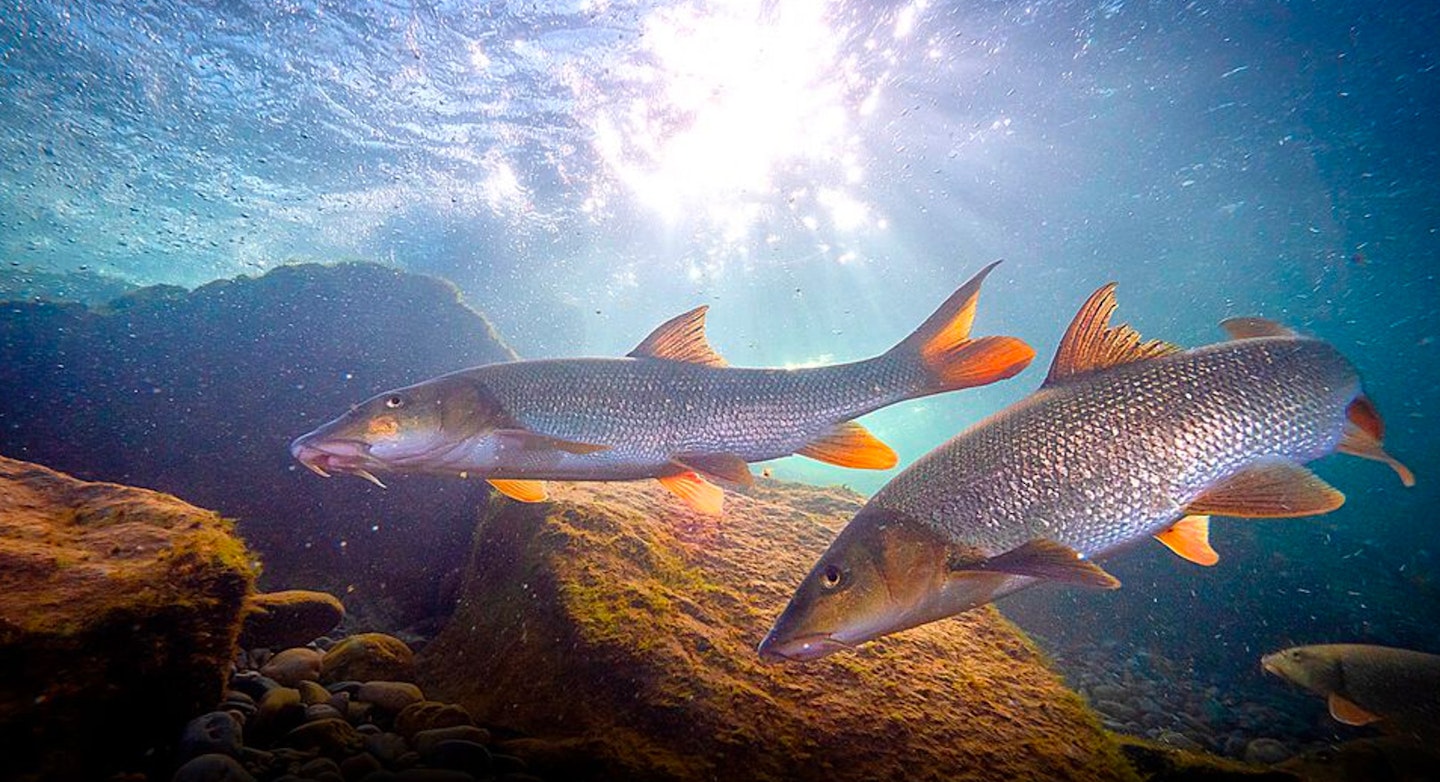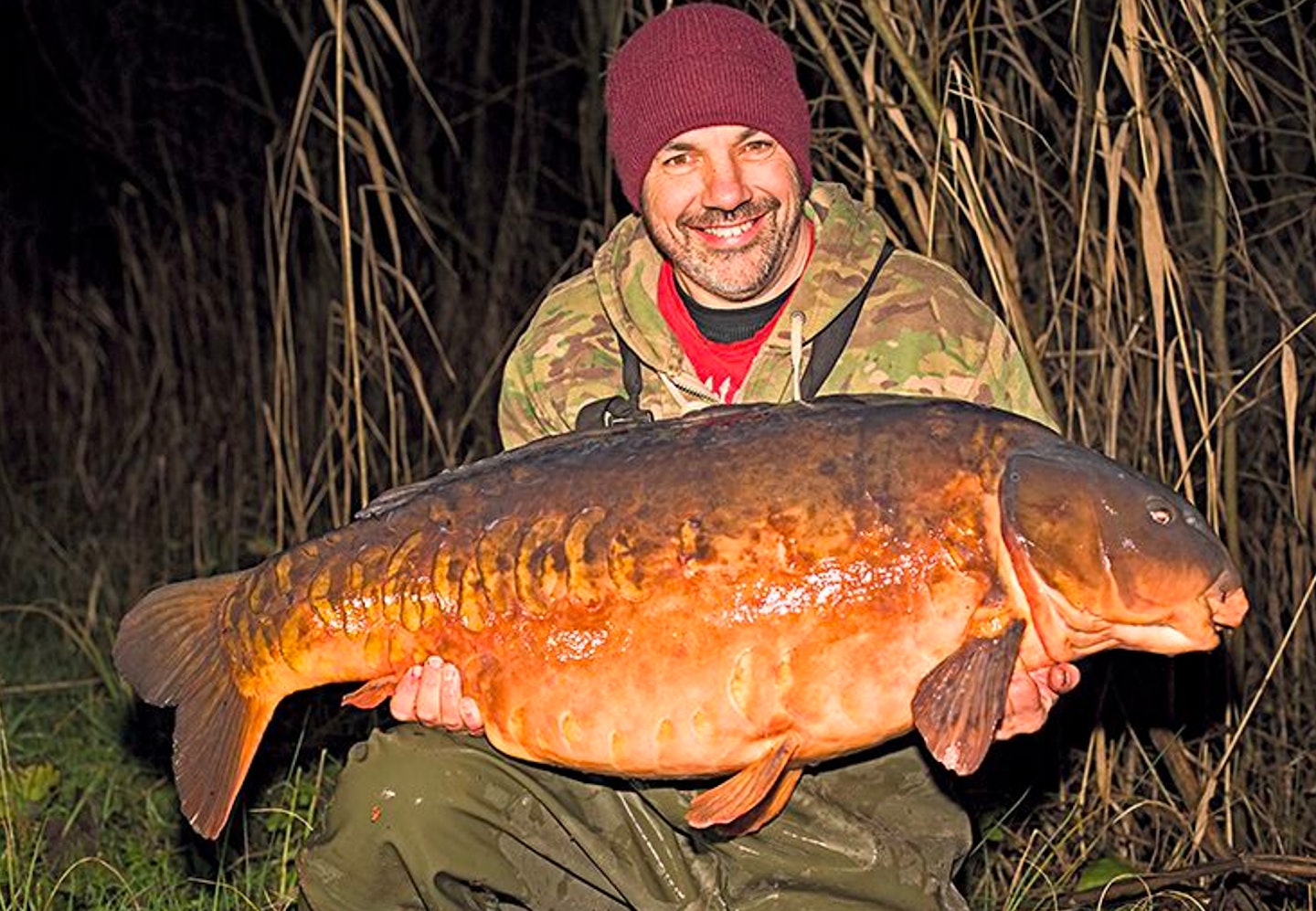FISH are unusual among the higher vertebrates (animals with backbones) in that the size of individuals of the same species can often vary by a factor of 10 or more. Compare this to everything from birds to elephants and most healthy individuals are within a very narrow range.
Having extremely flexible growth and a maximum size is a big advantage to fish which, because they lay many thousands of tiny eggs, don’t have to reach a given size before they can start reproducing. If you’re a chicken, for example, you need to grow big enough to lay eggs, because each egg is quite large. A fish doesn’t have this problem, because the eggs are so very much smaller compared to the size of the adult.
Metapopulation
If we look at a fish species across its geographical range then we’ll often find that the whole life history can vary dramatically.
This is particularly true in temperate regions, such as Europe, where the climate can vary far more markedly than it does close to the equator.
Pike, for example, may grow to only 50cm long and weigh no more than a few pounds in sub-Siberian Russia, while in Holland they may reach a length of almost 150cm and weigh over 50lb. The study of this variation, and the factors that govern it, is called metapopulation analysis, and it can give us an interesting insight into species and, particularly, record fish.
If fish can vary so much in size, why is it that two species that look similar, such as gudgeon and barbel, grow to such different proportions? The answer lies in the ecological niche that each species has evolved to exploit.
Gudgeon feed on tiny invertebrates found among plants and pebbles on the riverbed. Their excellent camouflage and small size enables them to avoid predators by concealing themselves. Maturing at a young age, and laying relatively few eggs, they are often found in large numbers and need only live for a few years to secure the future of the population. Contrast this with barbel, which grow much larger, live much longer, lay larger and far more eggs, but aren’t as numerous, and you can see that the niche that each species occupies is quite different, even though they look similar.

Maximum fish sizes
There’s always an upper limit to the size that each species can reach. This will vary across the geographical range of the species and according to more localised factors such as food availability, the suitability of the conditions, and predation. We can get some idea of what this upper limit is for each species by looking at national record fish. For example, the German roach record stands at more than 5lb – the largest recorded in Europe – suggesting that this is close to the maximum size for the species.
Interestingly, several of our record fish here in the UK are close to or over the records for anywhere else. Bream, tench, and barbel have all grown to exceptional sizes in this country. This can only be an estimate of the maximum size, however, because not all exceptional fish will be caught on rod and line, and some may well be exaggerated.
Since the turn of the millennium, many of our coarse fish records have been broken, with an especially rich period in the first few years of the century when the barbel, dace, chub, roach, rudd, tench, perch and zander records were set. In the last five years the number of record fish has slowed, with the notable exceptions of the crucian and carp records.

The UK carp record
The carp record is interesting and contentious. With the fairly recent demise of the record fish, ‘The Parrot’ from Cranwells Lake, it is a little less clear where the next record will come from. What is clear is that the maximum size of carp so far attained in the UK is well below their potential. With a world record set in Hungary of over 110lb, the British record of 68lb 1oz is well short of the mark.
Unlike most other species, carp are intensively and selectively farmed, so strains developed for faster growth and larger maximum size are already being stocked into many venues. Some of these fish are likely to challenge the record in the decades to come.
We’re also likely to see more fish intensively reared and nurtured that go on to exceed the record. Another huge carp, ‘Big Rig’, that was grown on before being introduced to RH Fisheries’ Avenue Lake, also unfortunately perished, but not before reaching 71lb 4oz, in excess of the official British record.
There’s nothing to suggest that anyone with enough time and resources couldn’t grow on other coarse fish. Selecting for good genetics, optimal growing conditions and a plentiful food supply may not guarantee success, but these are the main factors required to ‘grow your own’ record.

